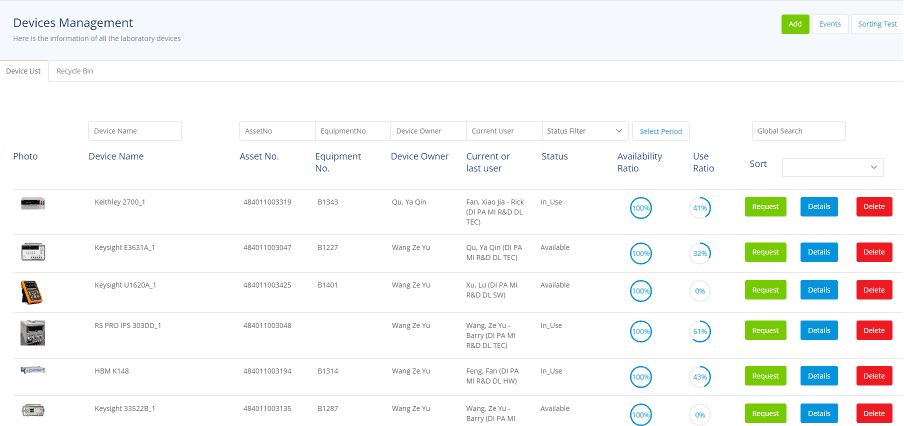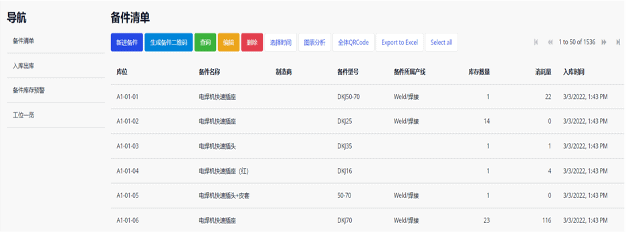SSCL Boosts Manufacturing Efficiency and Energy Savings with Digital Transformation
Founded in 2006, Siemens Sensors & Communication Ltd. (SSCL) is a wholly-owned subsidiary of Siemens (China) Co., Ltd. As Siemens‘ 15th factory in China’s industrial automation and drive technology sector, SSCL specializes in the production of industrial process instrumentation and provides services in integration, installation, commissioning, and repair.
As a cutting-edge manufacturing enterprise, SSCL has made digital transformation a priority to ensure its products meet international performance and technical standards. However, as production capabilities expanded, traditional manual management systems revealed inefficiencies.
In under a year, SSCL leveraged the Mendix development platform to develop eight custom applications—from R&D solutions to lab equipment management. These solutions have boosted their manufacturing efficiency, reduced development costs, and streamlined operations across the board.
Overcoming Development Challenges and Resource Constraints
During an internal knowledge-sharing session, Sun Haiyan, IT Manager at SSCL, discovered the potential of low-code platforms to empower non-IT staff to develop applications tailored to their specific business needs. This approach allowed business departments to rapidly create solutions, while the IT team focused on architecture, standards, and advanced technologies.
Low-code development would also enables SSCL to address:
- Inadequate laboratory equipment records that made management cumbersome and hindered timely maintenance and equipment availability.
- Inefficient spare parts management due to the lack of statistical tools, resulting in frequent manual errors and incomplete inventory records.
- Custom application needs that traditional software development couldn’t meet quickly enough, as it required significant time, resources, and specialized IT expertise.
After careful consideration, Zhang Chengru, Low-Code Enablement Project Manager, proposed a hybrid model in which business departments would use Mendix for agile application development, with IT providing the necessary technical support. This collaborative approach empowered business users and allowed the IT team to concentrate on strategic priorities.
Under this model, multiple departments at SSCL developed and deployed the following applications:
- Visitor Management System and Spare Parts Management System (Infrastructure Management Department)
- Laboratory Equipment Management System (R&D Department)
- Supplier Procurement Approval Process (Logistics Department)
- SAP Master Data Change Approval Process and Overtime Management System (Production Department)
- Supplier Master Data Management System and Tool Management System (Procurement Department)


Streamlining Operations with Business-IT Collaboration
Mendix enables SSCL’s business departments to create and deploy applications independently, reducing the need for IT involvement in requirement gathering and analysis. The benefits of this collaboration include:
- Accelerated business workflows and shortened approval processes.
- Timely, accurate data that supported production needs and ensured on-time product delivery.
- Real-time data access for informed decision-making.
- Improved communication between departments.
- Increased employee satisfaction through streamlined processes.
By leveraging Mendix, the development of these eight applications only required 330 days, 40% less than it would have taken using traditional development methods. This saved over 500 hours of manual labor annually and reduced costs by more than ¥90,000, while also improving SSCL’s data accuracy and operational efficiency.
Future Plans for Digital Expansion
Building on the success of their eight applications, SSCL plans to further extend its use of Mendix to develop additional solutions, including:
- EHS (Environmental, Health, and Safety) Management
- Warehouse Material Approval
- Quality Raw Material Management
- Task Management
These projects aim to continue the momentum of SSCL’s digital transformation, leveraging low-code’s agility to further streamline operations. With Mendix at the core of its strategy, SSCL is well-positioned for long-term success in its digital journey.